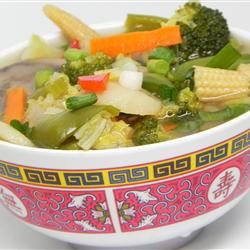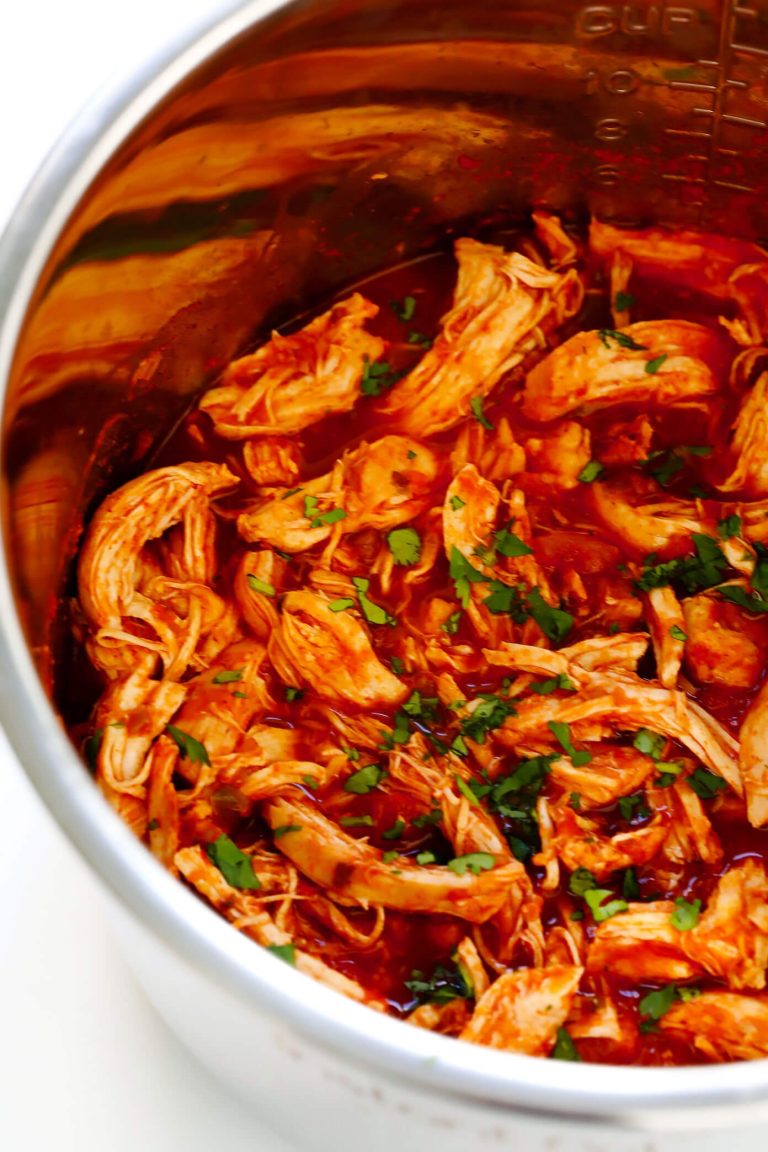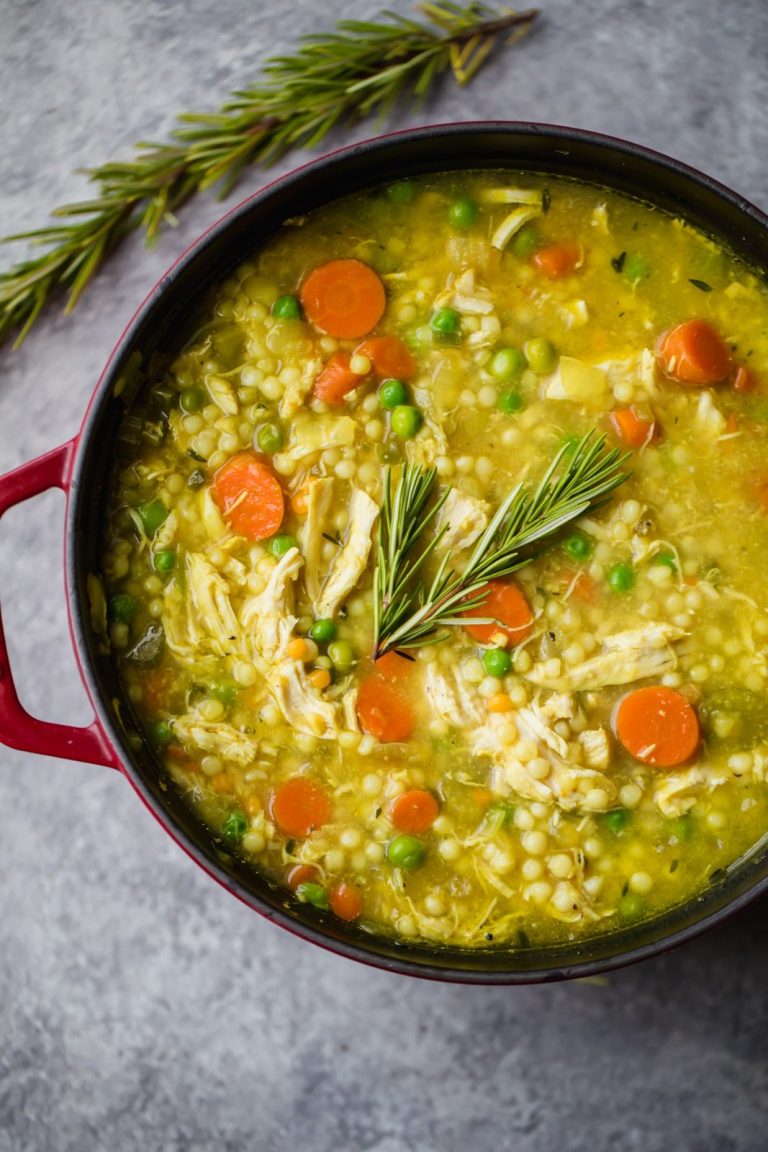Chinese Chicken Vegetable Soup Recipe
Chinese Chicken Vegetable Soup holds a cherished place in Chinese culinary tradition. It’s not just a meal; it’s a symbol of home and comfort. Families often serve it during gatherings, celebrating unity and warmth. The soup embodies principles of balance and harmony, aligning with traditional Chinese medicine. Ingredients like ginger and garlic, known for their warming properties, contribute to the soup’s reputation as a healing dish, particularly in colder months.
Regional Variations
Different regions in China put their own spin on this classic soup. In Cantonese cuisine, the broth is typically lighter, accentuating the fresh flavors of the vegetables and delicate chicken pieces. Northern Chinese versions often include heartier ingredients like daikon radish and napa cabbage, creating a more robust broth. In Sichuan, you might find a spicier variant, infused with hot peppers and Sichuan peppercorns, adding a distinctive kick to the dish.
Key Ingredients Used in Chinese Chicken Vegetable Soup
Essential Vegetables
Key vegetables enhance the flavor and nutritional profile of Chinese Chicken Vegetable Soup. Carrots add natural sweetness and color. Bok choy provides crisp texture and mild bitterness. Mushrooms, like shiitake, bring umami depth and earthiness. Snow peas offer crunch, while napa cabbage gives a leafy green option. Aromatics such as ginger, garlic, and scallions boost flavor complexity.
Choice of Chicken
Selecting the right chicken is crucial for rich, savory broth. Whole chicken offers full flavor and balanced fat. Bone-in pieces, like thighs or drumsticks, infuse deeper taste. Skinless chicken breast provides leaner meat, ideal for low-fat options. Choose fresh, high-quality poultry for best results.
Cooking Techniques for Authentic Flavor
Broth Preparation
To create a rich broth for Chinese Chicken Vegetable Soup, start with high-quality chicken. Use whole chicken, bone-in pieces, or chicken thighs for extra depth. Place the chicken in a pot with water and bring to a boil, then reduce to a simmer. Skim off any foam that forms on the surface. Add ginger slices, garlic cloves, and scallions to infuse the broth with aromatic flavors. Simmer for 1-2 hours, ensuring the chicken fully cooks and the flavors meld. Strain the broth to remove impurities and achieve a clear, flavorful base.
Ingredient Timing and Texture
Proper timing and balance ensure vegetables retain their texture and flavor. Add hard vegetables, like carrots and napa cabbage, early in the cooking process. Add softer vegetables, like bok choy and mushrooms, later to avoid overcooking. Snow peas need only a few minutes to cook, maintaining their crispness. This staggered approach results in a soup where each ingredient contributes its distinct texture and taste to the overall dish.
Nutritional Benefits of Chinese Chicken Vegetable Soup
Nutrient Analysis
Chinese Chicken Vegetable Soup offers a wide range of nutrients essential for maintaining good health. Chicken provides a high-quality source of lean protein, which helps in muscle repair and growth. The soup’s vegetables, such as carrots, bok choy, and napa cabbage, are rich in vitamins and minerals. Carrots are high in vitamin A, promoting good vision and immune function. Bok choy delivers a significant amount of vitamins K and C, contributing to bone health and collagen formation. Napa cabbage is a good source of vitamin C and folate, supporting immune function and cell division. These ingredients also contain dietary fiber, promoting digestive health.
Dietary Considerations
Chinese Chicken Vegetable Soup fits well into several dietary plans. It’s low in calories, making it ideal for weight management. The broth-based nature of the soup ensures that it is generally low in fat, especially if you use skinless chicken. It can be gluten-free if you avoid adding soy sauce or use a gluten-free variety. For those on a low-sodium diet, you can control the salt content by using low-sodium broth or reducing added salt. Individuals with specific dietary needs should check ingredient labels to ensure the soup meets their requirements.
Serving and Pairing Ideas
Traditional Serving Methods
Serve Chinese Chicken Vegetable Soup in individual bowls to emphasize its comforting nature. Use porcelain bowls, which are traditional in Chinese dining culture. Garnish the soup with fresh cilantro or green onions for added flavor, enhancing the visual appeal and fragrance. Serve the soup hot, as warmth is important in Chinese culinary tradition, signaling freshness and hospitality.
Suitable Accompaniments
Pair the soup with steamed white rice, a staple in Chinese cuisine that complements the soup’s savory broth. For a more balanced meal, include side dishes like stir-fried vegetables (examples: broccoli, bell peppers, and snow peas) that add texture and additional nutrients. Dim sum items (examples: dumplings, buns, or spring rolls) can also complement the soup, providing a mixture of flavors and textures that enrich the dining experience. Serve with pickled vegetables (examples: radish, mustard greens) to add a tangy contrast to the soup’s savory profile.
Conclusion
Chinese Chicken Vegetable Soup isn’t just a meal; it’s a celebration of culture, tradition, and family. With its rich flavors and nutritional benefits, this soup offers more than just comfort. Whether you’re savoring a Cantonese version with its delicate flavors or a spicy Sichuan style, each bowl tells a story of balance and harmony. Serve it in porcelain bowls, garnish with fresh cilantro, and pair it with steamed rice or dim sum to elevate your dining experience. Embrace the warmth and unity this beloved dish brings to your table.






